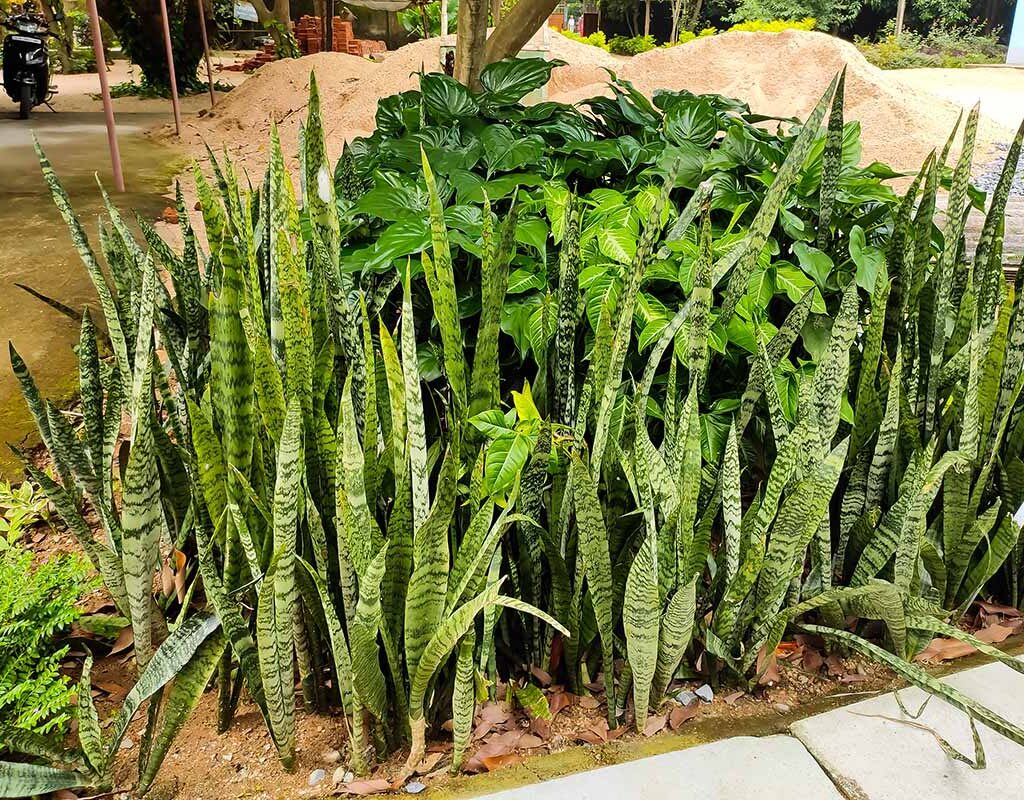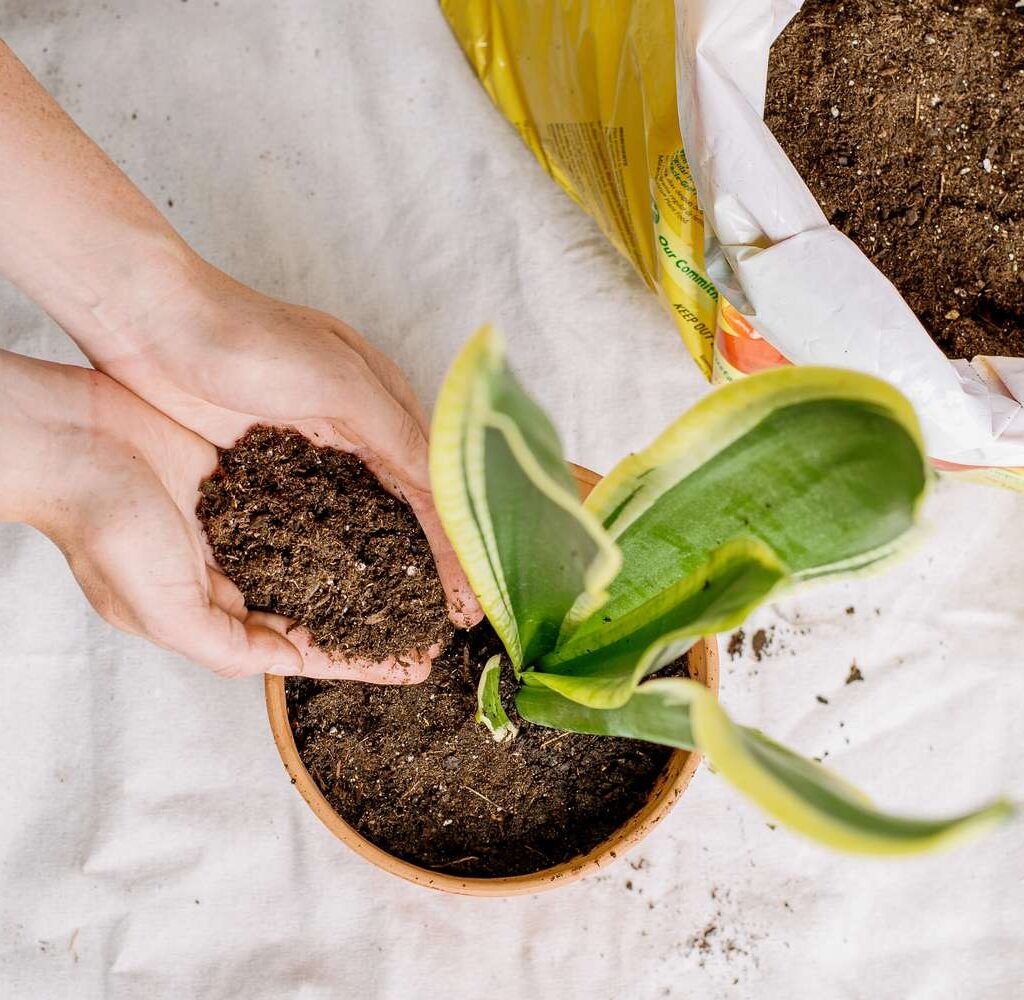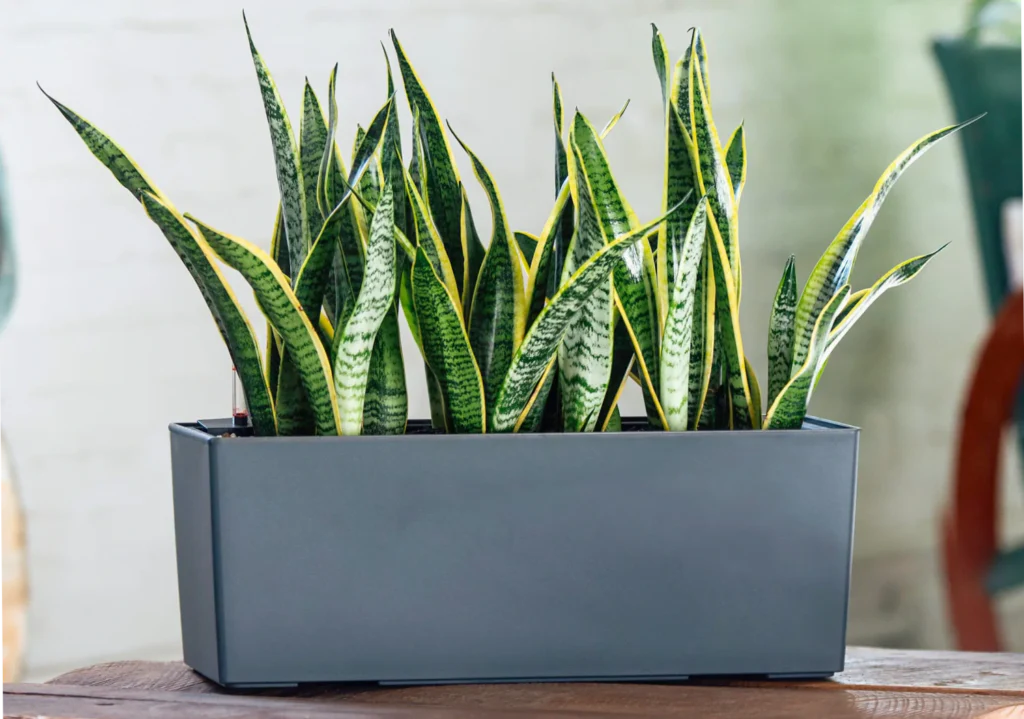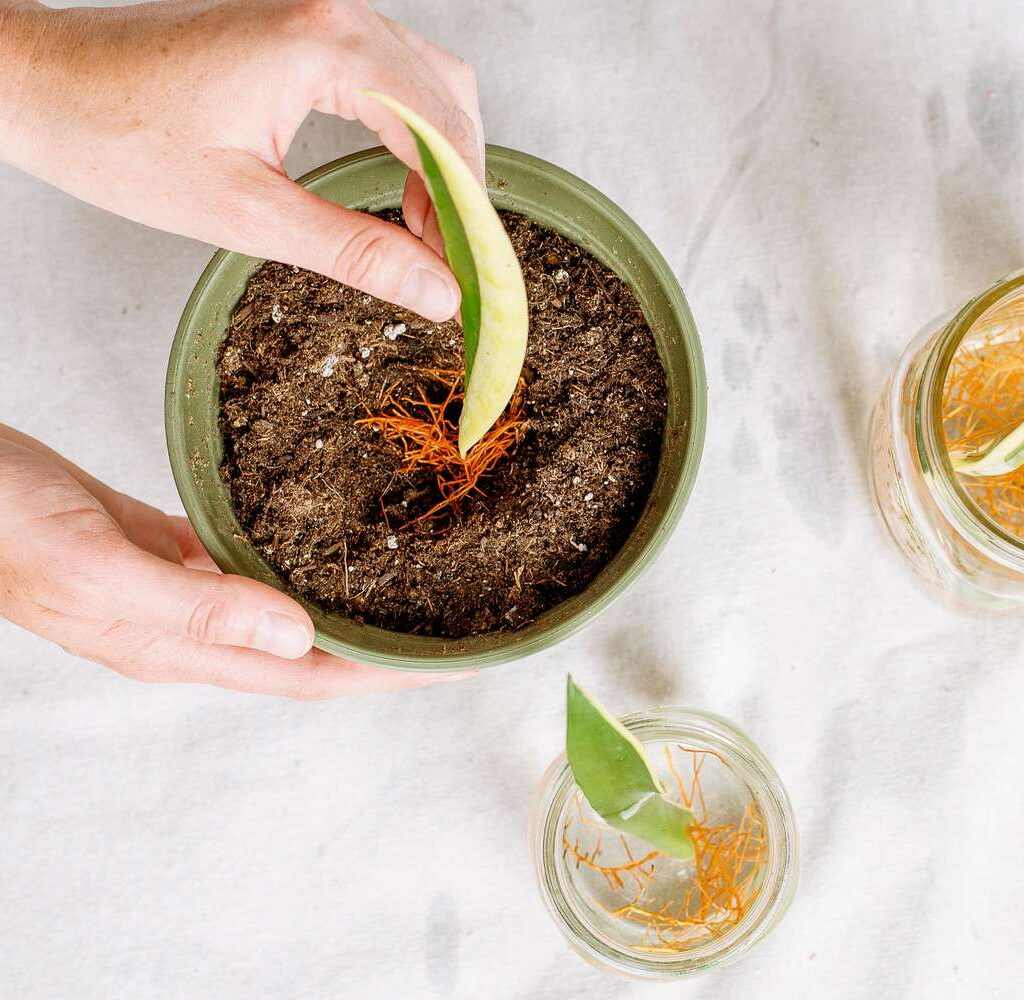Snake plants (Sansevieria), also known as Mother-in-Law’s Tongue, are among the most popular houseplants worldwide. Known for their striking vertical leaves, resilience, and air-purifying qualities, they are an ideal plant for both beginners and experienced gardeners. Propagating snake plants is an excellent way to expand your indoor garden, share plants with friends, or create a larger collection without spending money on new plants. This guide provides a complete, step-by-step approach to propagating snake plants, including the various methods, care tips, and common challenges.
Introduction
Snake plants are favored for their low-maintenance nature, ability to tolerate low light, and tolerance to irregular watering. They are also known to improve indoor air quality by filtering toxins such as formaldehyde and benzene. Propagation allows plant enthusiasts to multiply these benefits, giving them more greenery to enjoy.
While snake plants grow slowly, they propagate easily when given proper care. By understanding the different propagation techniques, timing, and environmental conditions, anyone can successfully grow new plants from an existing snake plant.
1. Understanding Snake Plant Propagation

Snake plants can be propagated in three main ways: leaf cuttings, division, and rhizome cuttings. Each method has its advantages and best applications.
1. Leaf Cuttings:
- Simple and effective for producing multiple plants.
- Best for creating new individual plants from healthy leaves.
2. Division:
- Involves separating an established plant into multiple sections.
- Ideal for larger, mature snake plants with multiple shoots.
3. Rhizome Cuttings:
- Uses the underground root stems (rhizomes) to create new plants.
- Produces strong, healthy plants that grow faster than leaf cuttings.
Choosing the right method depends on the plant size, growth rate, and your personal preference.
2. Choosing the Right Snake Plant

Not all snake plants are equally suitable for propagation. Selecting a healthy, mature plant increases the success rate.
Tips:
- Choose leaves that are thick, firm, and vibrant green. Avoid damaged or yellowing leaves.
- Look for plants with visible rhizomes if you plan on division.
- Avoid plants showing signs of pest infestation or disease, as these can hinder propagation.
Benefits:
Healthy parent plants produce stronger, more resilient offspring, ensuring long-term success in expanding your collection.
3. Propagation via Leaf Cuttings

Leaf cuttings are the most popular propagation method due to their simplicity and minimal equipment requirement.
Steps:
- Select a healthy leaf and cut it near the base using a clean, sharp knife.
- Cut the leaf into sections, each about 3–4 inches long. Ensure you note which end is the bottom, as planting upside down can prevent growth.
- Allow the cut sections to callous over for 1–2 days. This reduces the risk of rotting.
- Plant the cuttings in well-draining soil, inserting the bottom end 1–2 inches deep.
- Water lightly and place the container in indirect sunlight.
- Roots should form in 4–8 weeks, and new growth will appear in several months.
Tips:
- Avoid overwatering, which can lead to leaf rot.
- Use a cactus or succulent soil mix for optimal drainage.
- Be patient, as leaf cuttings propagate slowly.
4. Propagation via Division
Division is one of the fastest and most reliable methods to multiply snake plants.
Steps:
- Carefully remove the parent plant from its pot.
- Inspect the root system and identify natural divisions or rhizomes.
- Gently separate the plant into smaller sections, ensuring each has roots and at least one healthy leaf cluster.
- Plant each division into a new pot with well-draining soil.
- Water lightly and keep the new plants in bright, indirect light for recovery.
Benefits:
Division produces fully formed plants faster than leaf cuttings and has a higher success rate. It’s especially ideal for large, mature plants that need repotting anyway.
5. Propagation via Rhizome Cuttings

Snake plants naturally grow from underground rhizomes, which can be used to propagate new plants.
Steps:
- Carefully remove the plant from its pot and identify thick, healthy rhizomes.
- Cut a section of rhizome with at least one leaf or growth node attached.
- Allow the cutting to callous for a day to reduce rot risk.
- Plant the rhizome horizontally or slightly inclined in well-draining soil.
- Water lightly and provide indirect sunlight.
Benefits:
Rhizome propagation creates stronger plants with established roots, reducing the time required for growth compared to leaf cuttings.
6. Water Propagation Method

While less common, snake plants can also be propagated in water.
Steps:
- Cut a healthy leaf into sections and allow callousing for 1–2 days.
- Place the bottom end in a container of clean water, ensuring only the base is submerged.
- Change the water every few days to prevent bacterial growth.
- Roots typically appear within 4–6 weeks.
- Once roots are 2–3 inches long, transplant the cutting into well-draining soil.
Tips:
- Avoid leaving the leaf fully submerged, as this can cause rot.
- Use filtered or distilled water if tap water is heavily chlorinated.
7. Caring for Newly Propagated Snake Plants
Newly propagated plants require gentle care to encourage healthy growth.
Guidelines:
- Light: Indirect sunlight is ideal; avoid direct sun, which can scorch tender leaves.
- Watering: Water sparingly until roots establish, usually 4–6 weeks.
- Soil: Use well-draining soil to prevent waterlogging.
- Temperature: Maintain temperatures between 60–85°F (15–29°C).
- Fertilization: Avoid fertilizing until the plant is well-established; then use a balanced, diluted fertilizer.
Benefits:
Proper care ensures higher survival rates, robust growth, and vibrant leaves, turning your propagation efforts into a thriving collection.
8. Common Challenges and Solutions
While snake plant propagation is generally easy, some challenges may arise:
Challenges:
- Rotting leaf cuttings: Often caused by overwatering or planting before callousing.
- Slow growth: Normal for leaf cuttings; patience is key.
- Pest infestation: Aphids or mealybugs can damage young plants.
Solutions:
- Ensure proper drainage and allow cuttings to callous.
- Use sterile cutting tools and clean pots to minimize infection.
- Inspect new plants regularly and treat pests with mild insecticidal soap or neem oil.
9. Expanding Your Snake Plant Collection
Once propagation is successful, you can expand your indoor garden:
- Share cuttings with friends or family.
- Experiment with different varieties, such as Sansevieria trifasciata ‘Moonshine’ or ‘Laurentii’.
- Mix propagation methods to create a diverse and thriving collection.
Benefits:
Expanding your collection enhances home décor, air quality, and personal satisfaction, all while making propagation a cost-effective way to grow your indoor jungle.
Conclusion
Propagating snake plants is an accessible and rewarding activity for plant enthusiasts of all levels. Whether using leaf cuttings, division, rhizome cuttings, or water propagation, each method allows you to expand your collection efficiently while enjoying the beauty and benefits of these resilient houseplants.
By selecting healthy parent plants, providing proper care, and understanding the needs of newly propagated cuttings, anyone can grow strong, healthy snake plants. Over time, these propagated plants not only enhance indoor air quality but also provide an aesthetically pleasing green space that can uplift any room.
With patience, attention, and a little practice, propagating snake plants becomes a fulfilling hobby, offering endless opportunities to grow, share, and enjoy one of the most iconic and beneficial houseplants.





